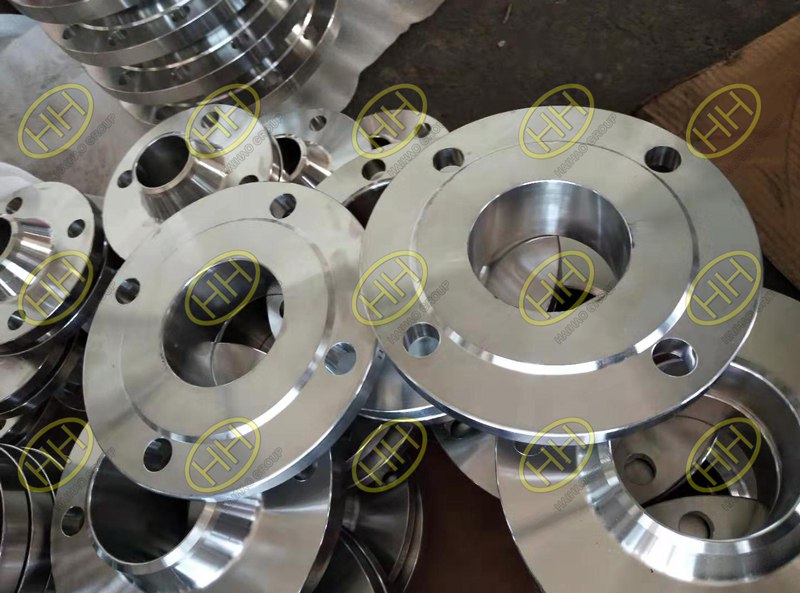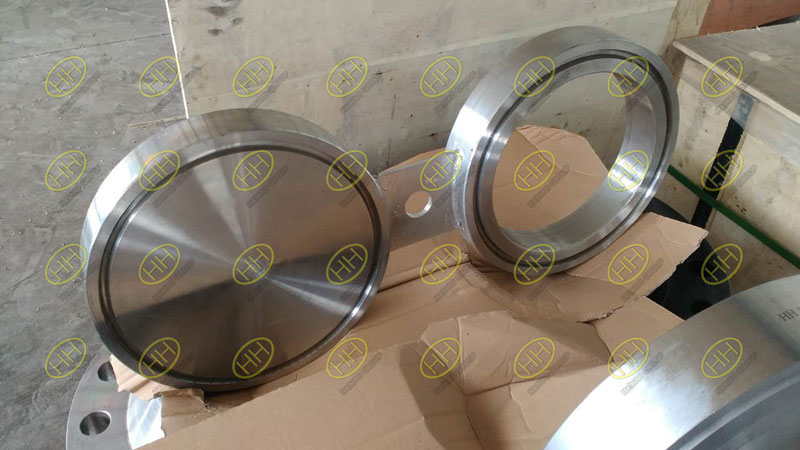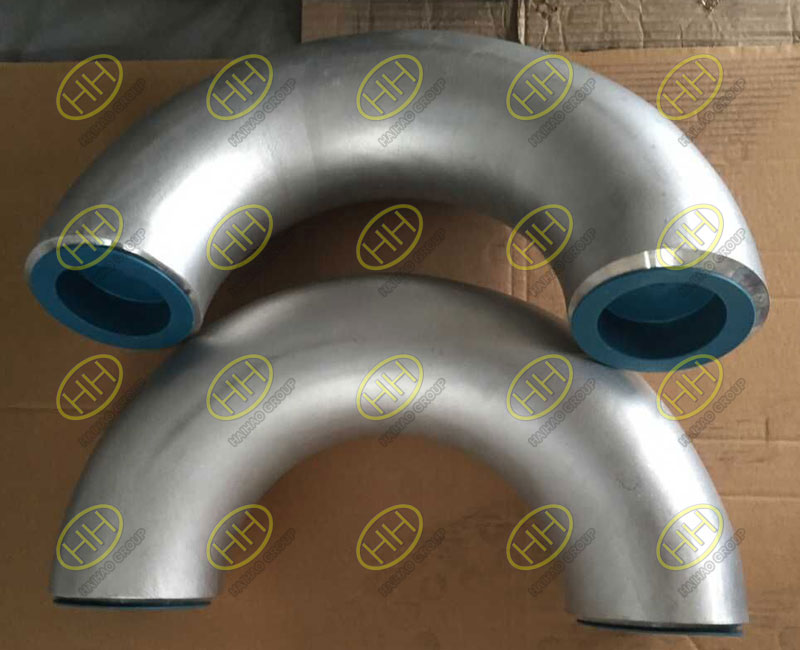What measures should be taken to prevent corrosion of stainless steel?
In previous articles, there were many introductions to stainless steel rust,and today i will summarize the measures that stainless steel should take to prevent rust.
1 Storage, lifting and transportation
1.1 Storage of stainless steel parts: There should be a special storage rack. The storage rack should be a wooden or painted carbon steel bracket or pad with a rubber pad to isolate it from carbon steel and other metal materials. During storage, the storage location should be convenient for lifting and transportation, and relatively isolated from other material storage areas. Protective measures should be taken to avoid the pollution of stainless steel by dust, oil and rust.
1.2 Stainless steel parts hoisting: When hoisting, special spreaders should be used, such as lifting straps, special chucks, etc. It is strictly forbidden to use steel wire rope to avoid scratching the surface; and when lifting and placing, avoid scratching due to impact and bump.
1.3 Transportation of stainless steel parts: During transportation, transportation means (such as trolleys, battery cars, etc.) should be used, and isolation and protection measures should be clean to prevent dust, oil, and rust from contaminating the stainless steel. Do not drag, avoid bumps and scratches.

Stainless Steel Weld Neck Flanges
2 Processing
2.1 Processing area: The processing area of stainless steel parts should be relatively fixed. Platforms in the processing area of stainless steel parts should be taken with isolation measures, such as laying rubber pads. The fixed management and civilized production of stainless steel processing areas should be strengthened to avoid damage and pollution to stainless steel parts.
2.2 Cutting: Cutting of stainless steel parts is performed by cutting or plasma cutting, sawing, etc.
(1) Shearing: When cutting, it should be isolated from the feeding bracket, and the falling hopper should also be covered with rubber pads to avoid scratching.
(2) Plasma cutting: After plasma cutting, the slag should be cleaned up. When cutting in batches, the existing parts should be cleaned up in time to avoid contamination of the workpiece by cutting slag.
(3) Cutting and cutting: When cutting and cutting, the clamping should be protected by rubber, and the oil and residue on the workpiece should be cleaned after sawing.
2.3 Mechanical processing: Stainless steel parts should also be protected during mechanical processing such as turning and milling. After the operation is completed, oil and iron debris on the surface of the workpiece should be cleaned up.

Stainless steel SS316 spectacle blind flange
2.4 Forming: In the process of coiling and bending, effective measures should be taken to avoid scratches and creases on the surface of the stainless steel.
2.5 Riveting: When the stainless steel parts are paired, it is necessary to avoid forced assembly, especially flame-proof assembly. If the plasma cutting is used temporarily during the assembly or production process, isolation measures shall be taken to avoid contamination of other stainless steel parts by cutting residue. After cutting, the slag on the workpiece should be cleaned up.
2.6 Welding: Stainless steel parts must be carefully cleaned from oil, rust, and dust before welding. When welding, try to use argon arc welding. When manual arc welding is used, small current and fast welding should be used to avoid swinging. It is forbidden to start the arc in the non-welded area. The ground wire is properly positioned and firmly connected to avoid arc scratching. When welding, anti-spatter measures (such as brushing white ash) should be taken. After welding, a stainless steel (not carbon steel) flat shovel should be used to thoroughly clean up the slag and spatter.
2.7 Multi-layer welding: In multi-layer welding, the slag between layers must be removed. During multi-layer welding, the temperature between layers should be controlled, and generally should not exceed 60 ° C.
2.8 Welds: Weld joints should be ground. The weld surface must be free of defects such as slag, blowholes, undercuts, spatters, cracks, unmelted, and incomplete penetration. material.
2.9 Orthopedic: For orthopedic stainless steel parts, flame heating methods should be avoided, especially the same area should not be repeatedly heated. When orthopedic, try to use mechanical devices, or use a wooden hammer (rubber hammer) or pad rubber pad to hammer, do not hammer with an iron hammer to avoid damage to stainless steel.
2.10 Handling: When the stainless steel parts are moved during the processing, transportation means (such as trolleys, battery trolleys or cranes, etc.) should be used, and they should be clean and have isolation and protection measures to prevent dust, oil, and rust from contaminating stainless steel. It is strictly forbidden to drag directly on the platform or the ground, and bumps and scratches are strictly prohibited.

Duplex stainless steel pipes
3 Surface treatment
3.1 Cleaning and grinding: If there is damage, it should be polished, especially the scratches and splashes caused by contact with carbon steel parts, and the damage caused by cutting slag must be cleaned and polished thoroughly.
3.2 Oil and dust removal: Before pickling and passivation of stainless steel parts, oil, scale, dust and other debris must be removed according to the process.
3.3 Pickling and passivation: The pickling and passivation of stainless steel parts must be carried out in strict accordance with process requirements, the passivation paste coating should be uniform, and the passivation time should strictly implement the process requirements.

ASME B16.9 stainless steel 180 degree long radius elbows
3.4 Cleaning and drying: After pickling and passivation, wipe, rinse and dry strictly according to the process, and completely remove the pickling passivation paste and acid solution.
3.5 Protection: After the surface treatment of stainless steel parts is completed, protection should be taken to avoid contamination by people’s touch and oil, dust and other sundries.
3.6 Avoid reprocessing: After finishing the surface treatment of stainless steel parts, reprocessing of the component or product should be avoided.
As a professional piping supplier,we can supply stainless steel pipes,stainless steel pipe fittings and stainless steel flanges in different specification,standards.If you want to know more about our products,please feel free to contact us.Email:sales@haihaogroup.com
